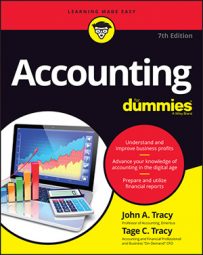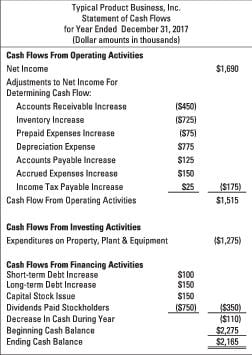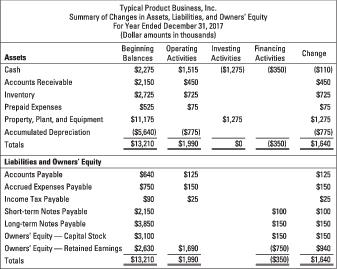Focusing on cash flows is understandable. If a business runs out of money, it will likely come to an abrupt halt and may not be able to start up again. Even running low on cash (as opposed to running out of cash) makes a business vulnerable to all sorts of risks that could be avoided if it had enough sustainable cash flow.
Managing cash flow is as important as making sales and controlling expenses. You’d think that the statement of cash flows would be carefully designed to make it as useful as possible and reasonably easy to read so that the financial report reader could get to the heart of the matter.
Would you like to hazard a guess on the average number of lines in the cash flow statements of publicly owned corporations? Typically, their cash flow statements have 30 to 40 or more lines of information. So it takes quite a while to read the cash flow statement — more time than the average reader probably has available.Each line in a financial statement should be a truly useful piece of information. Too many lines baffle the reader rather than clarify the overall cash flows of the business. You should question why companies overload this financial statement with so much technical information. One could even suspect that many businesses deliberately obscure their statements of cash flows.
The main problem in understanding the statement of cash flows is the first section for cash flow from operating activities. What a terrible way to start the statement of cash flows! As it is now, the financial report reader has to work down numerous adjustments that are added or deducted from net income to determine the amount of cash flow from operating activities.You could read quickly through the whole balance sheet or income statement in the time it takes to do this. In short, the first section of the cash flow statement isn’t designed for an easy read. Something needs to be done to improve this opening section of the cash flow statement.
You don’t hear a lot of feedback on the cash flow statement from principal external users of financial reports, such as business lenders and investors. It makes you wonder how financial report users would react if the cash flow statement were accidently omitted from a company’s annual financial report.
How many would notice the missing financial statement and complain? The SEC and other regulators would take action, of course. But few readers would probably even notice the omission. In contrast, if a business failed to include an income statement or balance sheet, the business would hear from its lenders and owners, that’s for sure.
Instead of the statement of cash flows, you could present a summary of operating, investing, and financial transactions like this one. You might compare this summary with the statement of cash flows above. Which is better for the average financial report reader? You be the judge.



